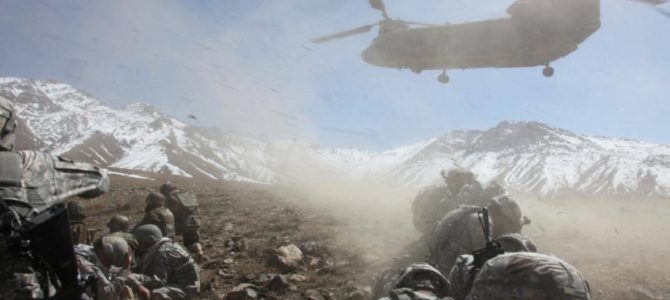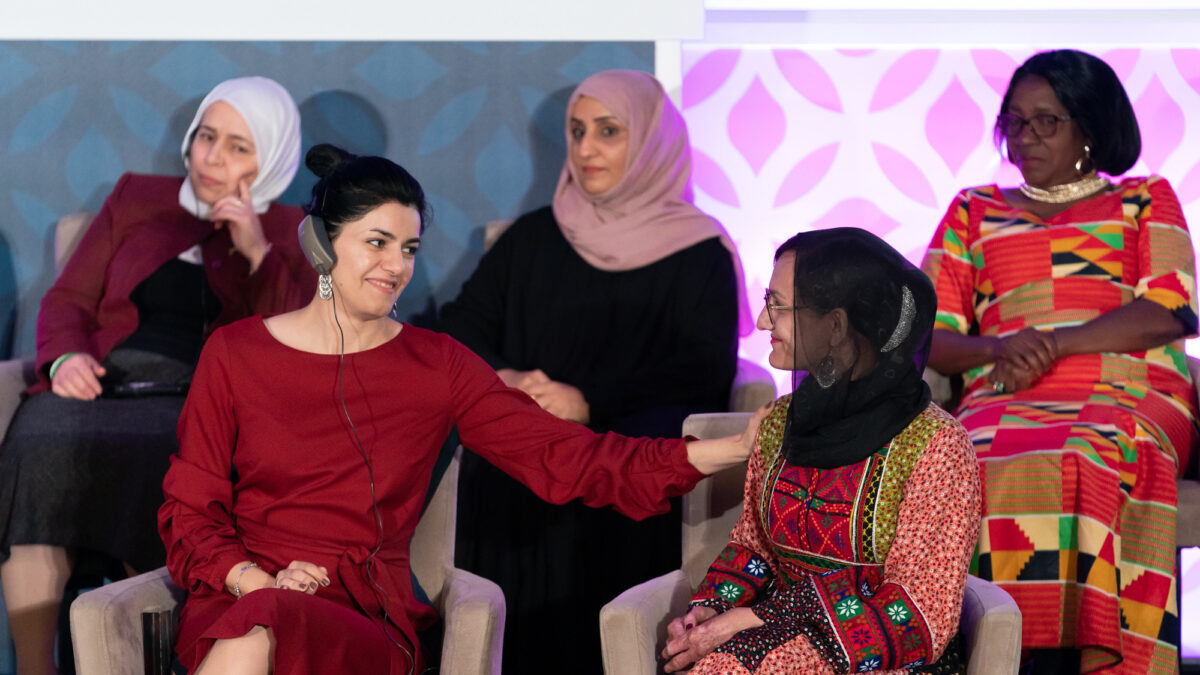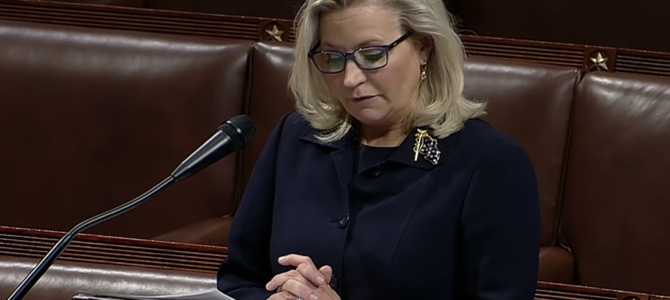
Afghanistan is back in the headlines again, and as usual, the news isn’t good. Last Thursday, just two days before national elections were scheduled to take place, the Taliban claimed responsibility for an attack that left two top Afghan security officials dead and nearly took the life of America’s top commander in the country. This is just the latest sign that the security situation in Afghanistan, where the United States has been at war for 17 years, is disintegrating.
The question that now faces U.S. policymakers is what can and can’t they live with in Afghanistan. America’s time in the country seems to be running out.
Thursday’s attack took place at a security meeting between Afghan and U.S. officials, including a man who has been instrumental in pushing the Taliban out of Kandahar Province, Abdul Raziq, the police chief. Raziq, along with Kandahar’s intelligence chief, was killed in the attack.
His death is a huge setback for America’s interests in Afghanistan. Raziq was considered a crucial ally in the years-long U.S. effort to eradicate the Taliban. He was well-connected across the region and had a network of informants who helped the U.S. keep tabs on the Taliban threat. Raziq ensured security in southern Afghanistan.
Although Raziq was praised for his role in fighting the Taliban, he was no saint. Raziq has been accused of horrific torture, extrajudicial killings, and “disappearing” people. That, in a nutshell, is America’s recent history in Afghanistan: Working with the best we’ve got, which isn’t all that great. We were actually lucky to have Raziq on our side. His replacement might not be so cooperative, well-connected, or determined to fight the Taliban tooth and nail.
But there was another target of Thursday’s attack: U.S. Gen. Austin Miller, the commander of U.S. and NATO forces in Afghanistan. He managed to escape the attack uninjured, but the story could have easily ended differently—a shocking reality in a country America has fought for years to secure.
The Taliban did not want parliamentary elections to take place. In recent weeks, nearly a dozen candidates have been killed, along with many more supporters. One such attack took place the day before the attack in Kandahar, killing one prominent would-be candidate. The group also warned Afghans to stay home from Saturday’s elections, threatening more violence.
But despite the weeks of killings, and Thursday’s devastating attack, people showed up at the polls. Four million, to be exact — about half of the country’s eligible voters. A significant percentage of Afghans do not want to see the Taliban back in power; they want open elections, they want a voice.
That doesn’t necessarily mean they want to vote in the kind of liberal, Western democracy one might imagine. If the Arab Spring taught us anything, it’s that democratic elections in North Africa and the Middle East often lead to the election of simply another variety of autocratic leader.
Nevertheless, while the Taliban didn’t entirely succeed in its efforts—elections still took place, after all—a third of polling stations remained closed and the election in Kandahar was postponed for a week. The Taliban also launched several attacks on Saturday, killing at least 28 Afghans who were trying to vote. What’s more, these elections were already three years past due because of the difficulty in quelling security concerns throughout the country.
Last week’s attack showcases how volatile the security situation still is—and how difficult it is, and always will be, for the United States to secure anything close to a peaceful democracy in that country. America has failed to broker peace with the Taliban, which only wants “peace” on its own terms.
The United States is not going to get its way in Afghanistan. Arguably, it can’t succeed there, if success is defined as defeating the Taliban. We know that after 17 years of war. Afghanistan will be back under Taliban control, at least in part.
The best-case scenario now is that some kind of power-sharing agreement can be reached between the Taliban and the various war lords-turned-politicians and tribal leaders that comprise Afghanistan’s political establishment. Maybe that would include continued U.S. counterterrorism efforts. But will the Taliban be willing? Will they settle for anything less than total control, even if it has to be under the guise of a flimsy coalition?
While we don’t want the Taliban in charge of the country, we also need to ask hard questions about what we’re willing to settle for, what we can live with. The United States can’t stay in Afghanistan forever, trying to secure the country while fighting al-Qaeda and the Islamic State, which persistently have managed to keep a foothold there. So what kind of compromises can we stomach? We’d better start asking ourselves that question.
The reality is that America can’t compete with the Taliban, whose vast networks in communities across Afghanistan have allowed it to reemerge to reclaim more than a third of the country in a resurgence once thought impossible. So what’s it going to be? What will we deem as “good enough”? And what will the Afghan people have to settle for?









